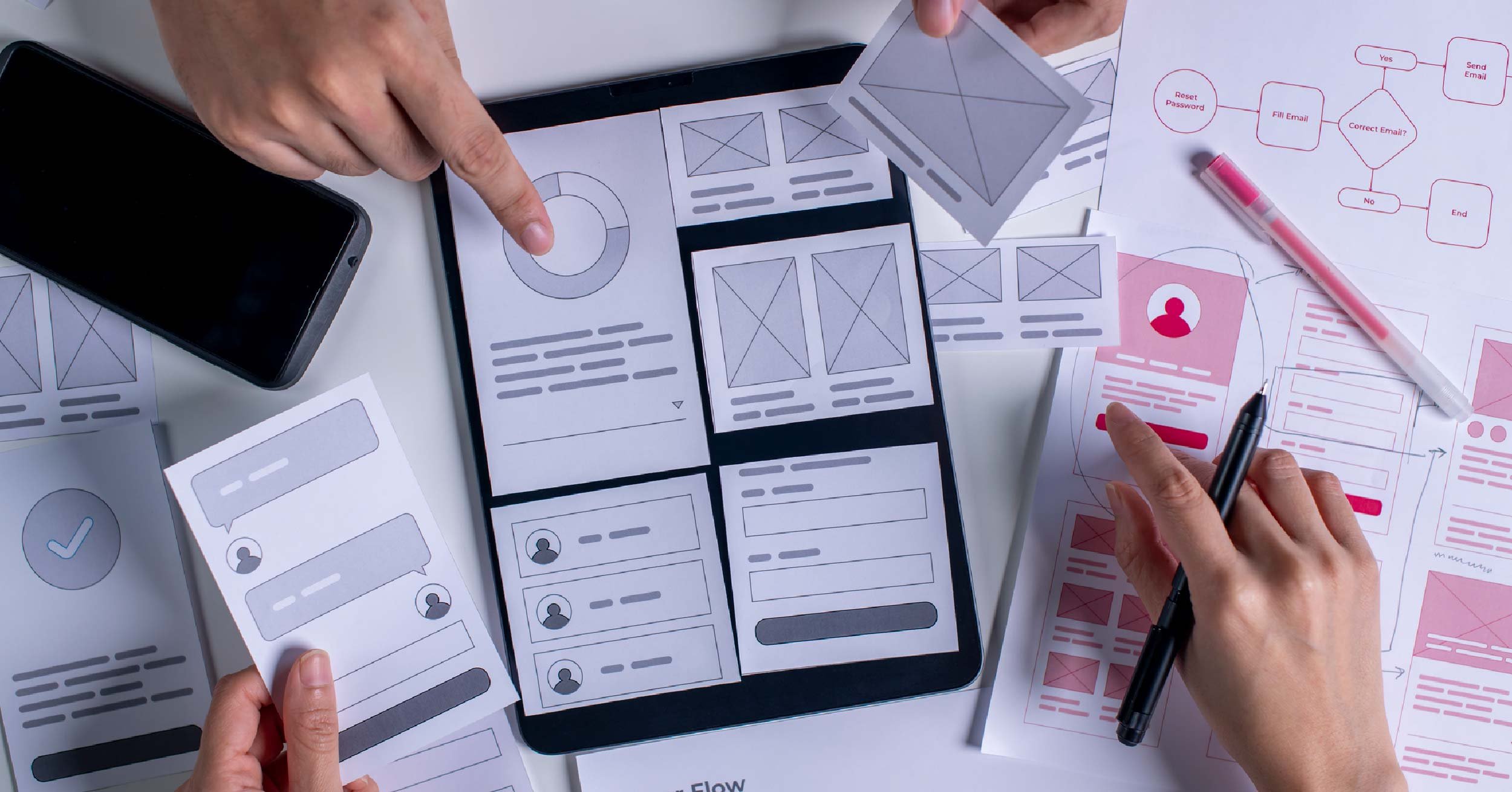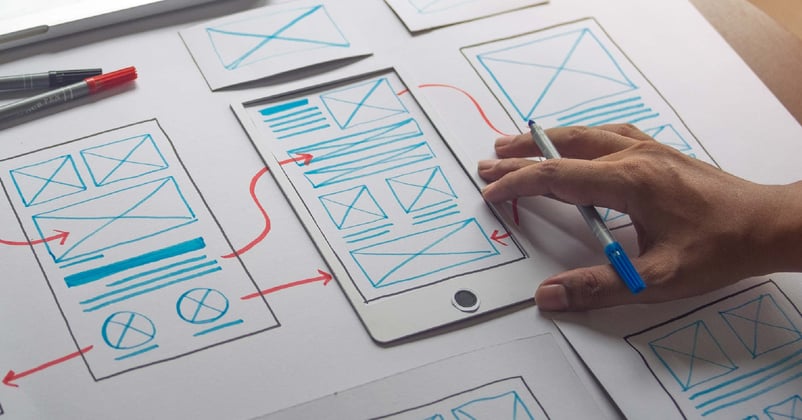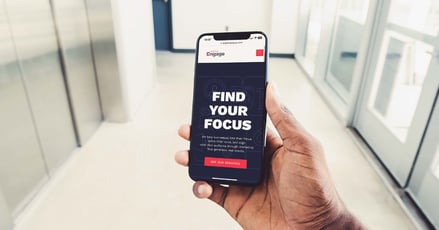We firmly believe that advertising results are achieved through strategic marketing efforts tailored to your audience. In other words, when you focus on the customer and meet their needs, your measurables and metrics will follow.
Sounds pretty easy, right? In reality, it’s a little more complex than that, especially when it comes to website design.
In this blog, we dive into the user experience (UX) concept in web design and provide tips for creating sites that maximize revenue and customer success. Let’s dive in!
What Is Results-Driven Web Design?

Results-driven web design prioritizes quantifiable objectives over subjective preferences.
The focus is deliberately using design elements to guide users towards conversion events. This requires clearly defining goals like increasing sales or email list signups.
With precise targets established, designers can select layouts, content structure, calls-to-action, and other details based on their impact.
Related Reading: How Often Should I Redesign My Website?
The Benefits of Results-Driven Web Design
Centering decisions around concrete metrics directly benefits the user experience. Visitors easily find value and convert more often. Results-driven design also optimizes conversion rate by removing friction points through user testing. The data-backed approach provides accountability with measurable returns on investment.
The Core Pillars of Results-Driven Design

1. Research and Analysis
Conduct user persona development through surveys and analytics reviews. Run competitive analysis to identify content or functionality gaps. Complete keyword research to anchor high-value SEO opportunities.
2. User-Centric Design Principles
Keep users first during design concepts and testing cycles. Incorporate inclusive accessibility standards upfront in information architecture. Maintain feedback loops post-launch to address pain points.
3. Content Strategy for Results
Audit existing content against buyer journeys. Produce customized modules tailored to user segments and campaign goals. Complement written content with visual assets like infographics and video.
4. Conversion Rate Optimization
Install analytics tracking on your website to construct conversion funnels. Conduct A/B tests with page elements like headlines, layouts, and CTAs. Continually refine pages based on performance data.
Related Reading: The Best Digital Design Toolkit for UX
Tips for Leveraging SEO To Complement Your UX Design

1. The Intersection of SEO and Web Design
Search engine visibility remains critical for finding and engaging prospects online. Following core technical SEO principles in design improves discoverability, indexing, and ranking potential.
2. Technical SEO for Web Designers
Ensure website architecture facilitates intuitive navigation across domains, subfolders, and pages. Optimize mobile experience through responsive frameworks. Improve page speed and caching for a better visitor experience.
3. On-Page SEO Strategies
Research target keywords, then integrate across relevant pages. Craft unique title tags, meta descriptions, and header tags using keywords. Implement schema markup to showcase rich result previews.
4. Off-Page SEO Strategies
Build branded anchor text backlinks from authoritative domains. Distribute content across social platforms to generate interest.
Related Reading: 5 Ways Hiring a Website Content Writer Benefits Your Company
Measuring UX on Your Website
If you have an existing website for your business and you’re reading this, you might wonder how you can measure the UX of your current site. Enter “Engagement”. Beyond sales conversions, you can look at the analytics on CTA buttons within your site and your website bounce rate and use a heatmap tool to measure the effectiveness of your UX.
- Call to Action Conversions: On the back end of your website, you can monitor the conversions on your CTAs to gain insight into what your customers are interested in and what they are not.
- Bounce Rate: The lower the bounce rate on your site, the better. Generally, your UX is flawed if your bounce rate is higher because users only reach one page before tuning out.
- Heatmap: Utilize a heatmap tool to see how users behave on your site. The heatmap tool will offer insights into where users scroll, click, and move their mouse.
Conclusion
Results-driven web design aligned to concrete goals creates more effective experiences. By focusing on measurable user value, designers resolve the complex balance between aesthetics and performance. Use this guide to inform strategic plans that accelerate achievements. Then, test and iterate based on data to maximize positive impact over time.
Need help with your website design? Contact Leighton Engage for a free website evaluation and quote.




Leave a Comment